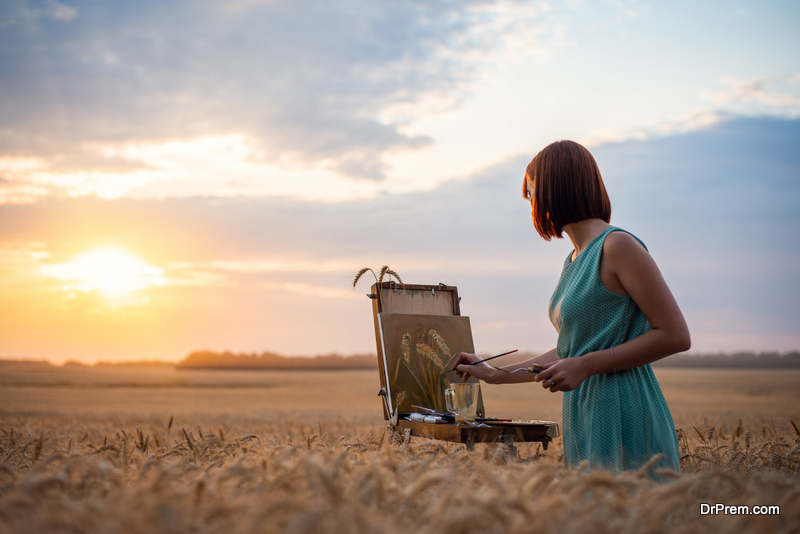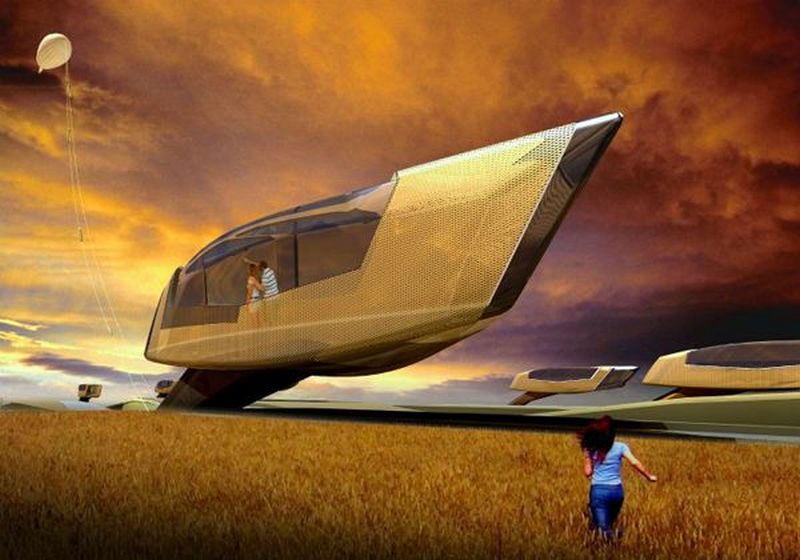In a world that increasingly echoes with the clamour of mechanisation, voices that rise to celebrate and protect Mother Nature are more crucial than ever. One of these voices is that of Environmental Art, a movement that weaves creativity with conservation, crafting masterpieces that also serve as compelling declarations of our need to protect the planet.
Environmental art, or eco-art as it’s often called, reflects an intertwining of artistry and ecology. It’s a narrative told by artists, a narrative that transcends traditional mediums and takes on the vibrant hues and stark realities of our natural world.
Unearthing the Root
This impactful fusion of art and nature isn’t a new trend – itfinds its roots in ancient cultures where art was an essential thread in the tapestry of their relationship with the environment. For instance, the Aboriginal painters wove intricate stories about the land, the sky, and the creatures that inhabit them. Their works – full of symbolism and spirituality – communicated deep respect and understanding of the natural world, a philosophy central to their way of life.
Aboriginal art, rich in intricate patterns and vibrant colours, portrayed their connection to the land and the sky. The messages encapsulated in these art pieces reverberate with time, instilling a sense of urgency for conservation efforts today.
The Contemporary Canvas
In the contemporary art scene, environmental art has blossomed into a multifaceted movement. This creative expression ranges from aesthetically captivating land art installations to confronting pieces that throw light on pressing environmental issues such as deforestation, pollution, and climate change.
Artists like Andy Goldsworthy and Richard Long are celebrated for their stunning environmental artworks. Their creations harmoniously blend with the landscape, often using materials sourced from nature itself – stones, leaves, ice, and even the ebb and flow of the tide. Through their work, these artists encapsulate the beauty, fragility, and transient nature of our environment, urging us to perceive and preserve it with newfound reverence.
Eco-art as Activism
However, environmental art is not just about creating beautiful, ephemeral pieces that resonate with nature. It also serves as a powerful tool for social and environmental activism. Through their works, artists deliver strong messages about ecological disruption, human intervention in nature, and the dire consequences of such actions.
Artists like Agnes Denes and Chris Jordan use their art to underscore the urgency of environmental issues. For instance, Denes’s ‘Wheatfield – A Confrontation’ was a poignant commentary on urbanisation and food scarcity. On the other hand, Jordan’s digital collages highlight the shocking scale of consumerism and waste in our society. Their impactful works stir emotions, provoking thought and dialogue about our responsibility towards our planet.
The Role of Environmental Art in Conservation
While art has often been considered a means of aesthetic expression, environmental art underscores the potential of creativity as a catalyst for change. This art form stimulates dialogue, educates, and inspires action. It creates a shared space where artists, environmentalists, and communities can come together to seek sustainable solutions for our shared home.
Art can indeed transform the way we perceive and interact with our environment. Through its lens, we can comprehend the urgency of environmental preservation, witness the devastating impacts of environmental degradation, and become active participants in the discourse on conservation.
Environmental Art is not just an artistic movement; it’s a call to action
In the beauty and brevity of an ice sculpture, the stark realities presented by a photograph of landfill, or the subtle symbolism of a painting, we find a rallying cry for environmental conservation. By immersing ourselves in this dynamic discourse, we can make our own contributions to the narrative of environmental sustainability, continuing the tale that started with the first brush strokes on an ancient rock.
Article Submitted By Community Writer



